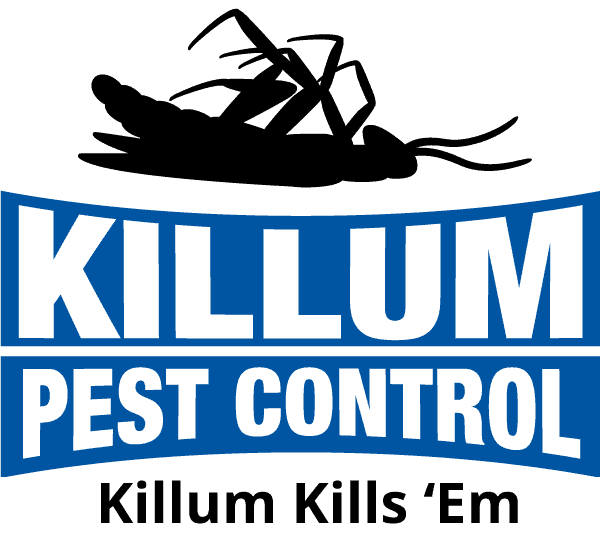Introduction
As the temperatures begin to drop during the fall, residents along the Texas Gulf Coast might find themselves dealing with uninvited houseguests of the furry variety. Rodent extermination becomes particularly important during this season, as rats and mice seek warmth and shelter indoors. Missing the early signs of a rodent infestation can lead to unwelcome surprises, such as gnawed cables or contaminated food. Being aware and prepared is the first step toward ensuring a cozy and pest-free home.
Understanding the behavior of rodents during the fall is crucial for families who want to keep their homes protected from these critters. With Houston’s lively urban and suburban areas stretching from Pearland to League City, homeowners should be on alert as rodents typically become more active in search of warmer nests. The key lies in knowing their patterns, the risks they pose, and the most effective strategies to address any rodent problems before they get out of hand.
Understanding Rodent Behavior in Fall
As cool air rolls across the Texas Gulf Coast, rodent behavior undergoes a noticeable shift. Mice and rats, like people, prefer comfortable and warm environments. When fall arrives, these creatures begin moving indoors, seeking warmth, and an abundance of food sources to hoard for the colder months. This shift in behavior often leads to increased sightings of rodents in both residential and commercial spaces.
The most common invaders in this region include the house mouse, Norway rat, and roof rat. Each species has unique characteristics and preferences. For example, house mice are small and curious, often squeezing through tiny openings to explore every corner of your home. Norway rats are larger and typically prefer lower levels, such as basements or sewers, while roof rats, with their excellent climbing skills, are found in attics or upper stories.
With Texas Gulf Coast areas like Seabrook and Sugarland experiencing a mix of urban density and nearby natural habitats, there is no shortage of places where rodents can thrive. It’s not just their presence that’s concerning; these creatures can also carry diseases, damage property, and cause allergies with their droppings and urine. Therefore, understanding their behavior is crucial, as it helps pinpoint the best strategies for rodent extermination.
Signs of a Rodent Infestation
Detecting a rodent infestation early can save a great deal of hassle down the road. Here are some telltale signs that might indicate the presence of these unwelcome visitors in your home:
– Droppings: Small, pellet-like droppings are often found near food sources, inside drawers, or under the sink.
– Gnaw Marks: Rodents constantly gnaw to keep their teeth sharp. Look for signs on furniture, wiring, or food packaging.
– Nesting Materials: Torn paper, bits of fabric, and other soft materials might be accumulated in hidden corners.
– Noises: Scratching or squeaking sounds behind walls or in the attic, especially at night when rodents are most active.
In neighborhoods like Missouri City and Manvel, which are surrounded by parks and green spaces, it’s not unusual for rodents to establish themselves without immediate detection. These signs are often subtle at first, which is why staying vigilant is key to protecting your home environment. Remember, the earlier you catch on to these signs, the easier it will be to manage the situation and keep your household healthy and safe.
Effective Rodent Extermination Practices
Once you’ve identified the signs of a rodent infestation, it’s time to take action. Different methods work best in the Texas Gulf Coast due to its unique climate and geography. Here are some strategies to consider:
– Sealing Entry Points: Look for any gaps, holes, or cracks in your home’s exterior. Seal them with materials that rodents can’t chew through, such as steel wool or caulk. This simple step can prevent new rodents from entering.
– Trapping: Snap traps are effective if placed correctly. Set them along walls, in attic spaces, and where you notice droppings. It’s important to use enough traps and to check them regularly.
– Bait Stations: These can be used effectively outdoors or in less accessible areas of your home. They attract rodents with food and then block their entry after consumption. Remember to place bait stations in areas free from children and pets.
– Professional Help: Sometimes the problem might be larger than you can handle on your own. Professionals have the experience and tools needed to deal with severe infestations, offering peace of mind.
Each method has its advantages, and sometimes a combination works best, depending on the severity of the infestation and specific situation in your home.
When to Call a Professional
Recognizing when to seek expert help can make all the difference in dealing with a rodent problem. If you notice persistent signs despite using traps and other DIY measures, it indicates a deeper issue. Rodents reproduce quickly, so delaying professional intervention might worsen the problem.
Particularly in places like Alvin and Angleton, where urban spread meets rural fields, rodent populations can proliferate rapidly. Professionals use specialized equipment and techniques to tackle infestations effectively. They can also identify potential problem areas to prevent future invasions, ensuring your home remains secure.
Maintaining a Rodent-Free Environment
To keep your home rodent-free, ongoing maintenance is key. Implementing several practical measures can go a long way in making your environment less inviting for these pests:
– Regular Inspections: Periodically check your home for new entry points and repair any damage to ensure your initial efforts continue to block rodent access.
– Proper Food Storage: Keep food in airtight containers and clean up crumbs and spills promptly. Rodents are opportunists when it comes to easy meals.
– Yard Maintenance: Trim shrubs and trees that rodents might use to climb into your home. Also, keep firewood and compost piles at a distance from the building.
These simple tasks, if done regularly, add a layer of protection that keeps rodents from returning.
Protect Your Home This Fall
The fall season on the Texas Gulf Coast doesn’t just bring beautiful foliage but also increased rodent activity. Preparing your home with effective measures suited for the local climate can make all the difference. By paying attention to signs of infestations and taking timely action, you can enjoy a cozy, rodent-free home all season long. Stay vigilant, make use of available resources, and consider professional help when needed to ensure the safety and comfort of your household.
As you enjoy the fall season on the Texas Gulf Coast, make sure your home stays secure and cozy without the threat of pests. Whether you’re dealing with a mild nuisance or a major invasion, addressing problems early can prevent them from escalating. If you’re ready to take professional measures, Killum Pest Control, Inc. offers trusted solutions designed for your region. Learn more about how you can safeguard your home by exploring our approach to rodent extermination.





